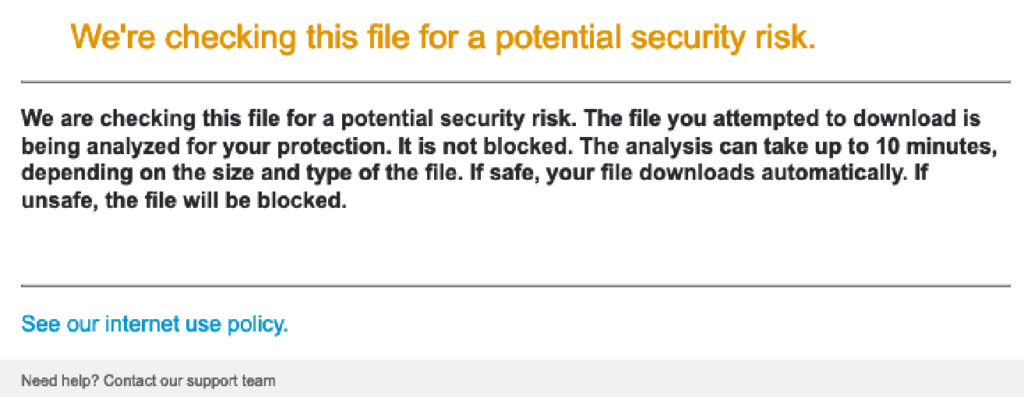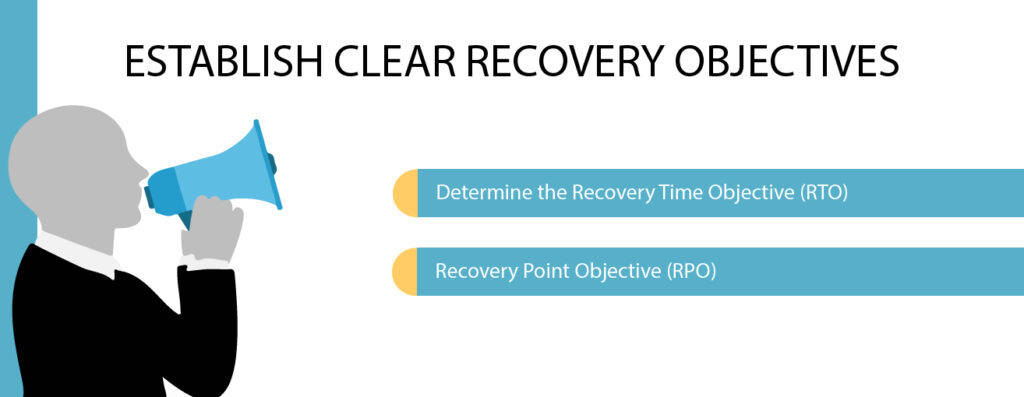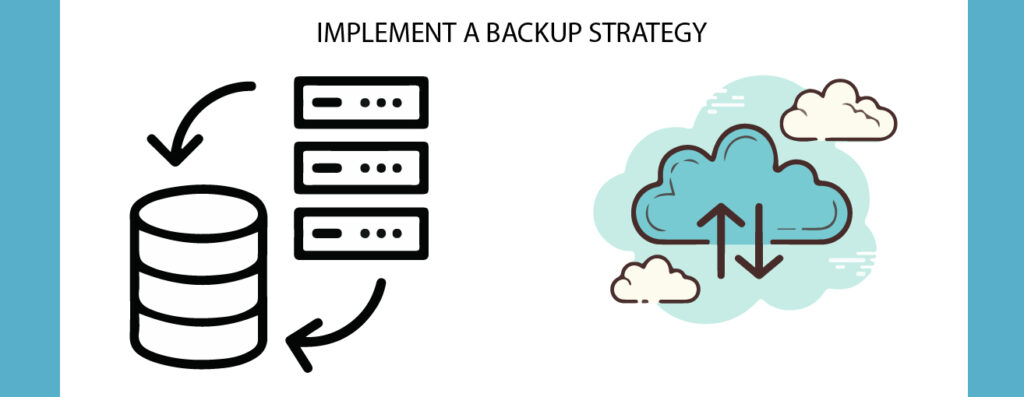
Table of Contents
ToggleIn the modern age of digital technology, when organizations rely heavily on Application Programming Interfaces (APIs) to connect systems, ease transactions, and improve user experiences, protecting these crucial assets is critical. With the ongoing risk of system failures, cyberattacks, and data breaches, having a strong Disaster Recovery Plan (DRP) particularly built for your API solution is no longer an option, but rather an essential requirement.
In this blog post, we will look at the key components of creating a complete Disaster Recovery Plan for your API Solution, providing durability and consistency in the event of unplanned emergencies.
Evaluate risks and identify important components

Begin by completing a comprehensive risk assessment to identify possible risks to your DMS. Natural catastrophes, power outages, technology problems, and cyberattacks are among the most common hazards. Identify important system components that are required to continue regular operations and prioritize their protection in your recovery strategy.
Many firms that lacked effective disaster recovery procedures suffered significant data loss and downtime. Those with solid strategies in place were able to rapidly restore operations and limit harm.
Set explicit rehabilitation goals

Determine your DMS’ Recovery Time Objective (RTO) and Recovery Point Objective (RPO). RTO is the most acceptable length of time your company can go without access to your DMS. RPO is the maximum acceptable amount of data loss your company can take. Understanding these goals can assist you in developing a recovery strategy tailored to your organization’s particular requirements.
Establish a strategy for backups

Create a plan to safeguard your DMS data. Consider a combination of on-site and off-site backups, as well as cloud storage options. Test your backups on a regular basis to make sure they are working properly.
WannaCry ransomware assault impacted hundreds of companies globally. Businesses with regular and reliable backups were able to retrieve their data without paying the ransom.
Create a detailed recovery strategy

Provide explicit instructions for recovering your DMS in the case of a calamity. This should contain step-by-step instructions for recovering data from backups, putting systems back online, and reestablishing network connections. Ensure that all personnel who may be engaged in the recovery process understand the strategy and have access to the appropriate resources.
Develop a communication plan

In the case of a disaster, effective communication is essential. Create a communication strategy outlining how you tell workers, customers, and vendors about the problem and offer updates during the recovery process. Assign specified roles and duties to members of your company to enable a coordinated response.
Test your disaster recovery plan of action
Regularly evaluate your disaster recovery strategy to guarantee its efficacy and uncover any problems. This should include modeling several cyberattacks or natural disasters to see how effectively your strategy performs in diverse situations. Based on the results of these tests, make any necessary changes to your strategy.
Real-life example: A major airline had a data center failure, resulting in the cancelation of hundreds of flights. The company’s inability to test its disaster recovery strategy resulted in a protracted outage, considerable financial losses, and reputational harm. If they had tested their strategy ahead of time, they may have recognized possible flaws and made required changes to avoid such broad disruption.

Monitor and adapt to advances in technology and threats
As technology advances and new risks arise, it is critical to keep educated and adapt your disaster recovery strategy accordingly. Keep up with the latest innovations in cybersecurity, data storage, and document management solutions to ensure your plan remains current and successful.
In recent years, the growth of ransomware attacks has led many firms to reconsider their disaster recovery strategies. Businesses that remain aware of this increasing danger may establish procedures to avoid data loss and ensure business continuity in the case of a ransomware attack.
Collaborate with third-party vendors

IT Company’s API Integration simplifies the process of connecting with other providers, resulting in seamless data transmission.
Integrating APIs not only improves communication but also gives you more control and insight over data flows. Partnering with our API Integration solution allows your business to capitalize on the benefits of third-party providers while maintaining strong disaster recovery capabilities.
Document and communicate the plan
When documenting and sharing your disaster recovery strategy internally, do not neglect the value of incorporating API documentation within your resources. Our IT company’s API Integration includes detailed documentation and support materials to guarantee that all important stakeholders have access to critical information.

By including API documentation into your disaster recovery strategy, you enable your team to swiftly overcome hurdles and successfully reduce downtime. Choose our API Integration solution to strengthen your disaster recovery plan and enable smooth collaboration with third-party providers.
Conclusion
To summarize, a well-crafted Disaster Recovery Plan for your API Solution is critical for limiting risks. By following the procedures provided in this guide and employing the knowledge of our API Solution service, you can proactively plan for potential disasters and reduce their impact on your operations. Remember that investing in a strong DRP protects not just your API infrastructure, but also your brand’s reputation and consumer confidence. With our API Integration service, you can strengthen your organization, and take the first steps toward a sustainable future.





